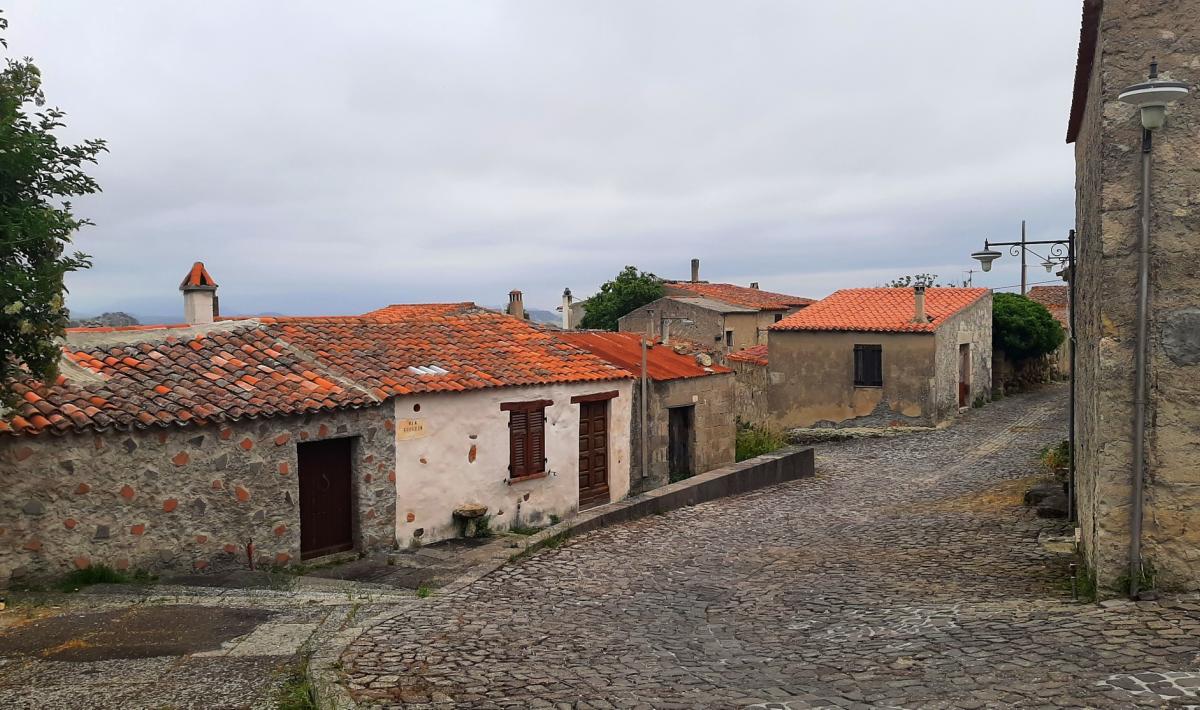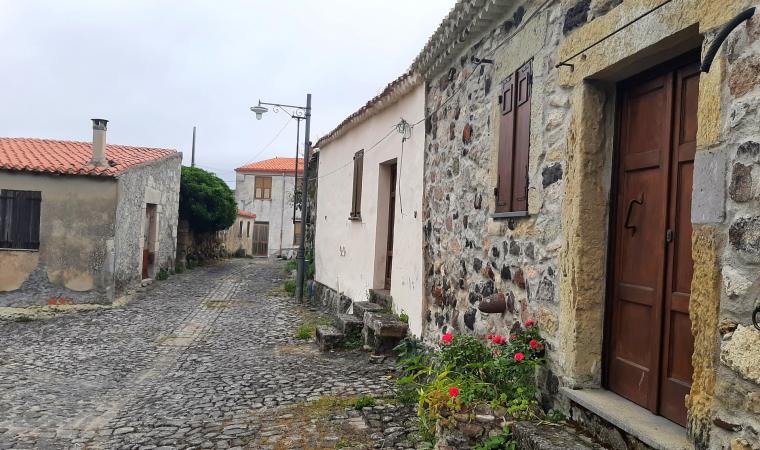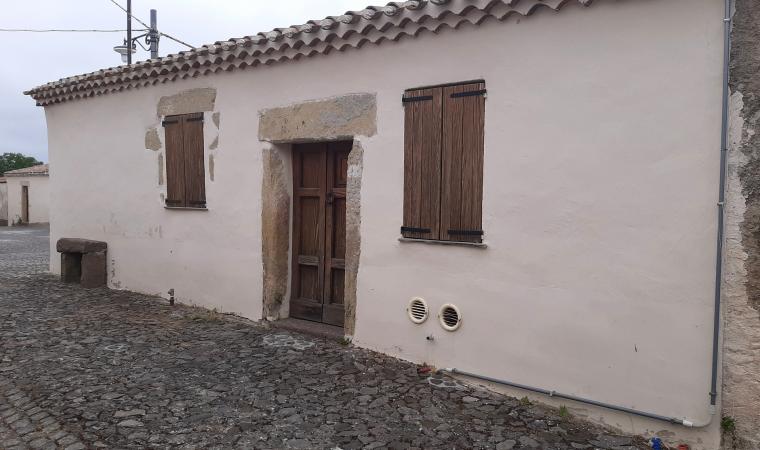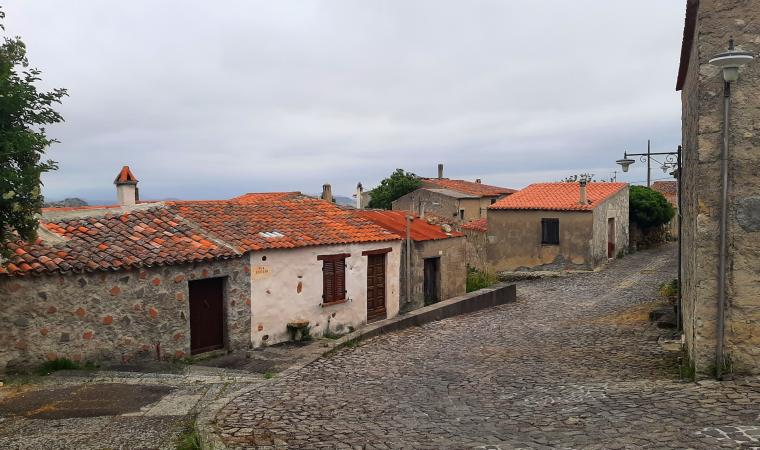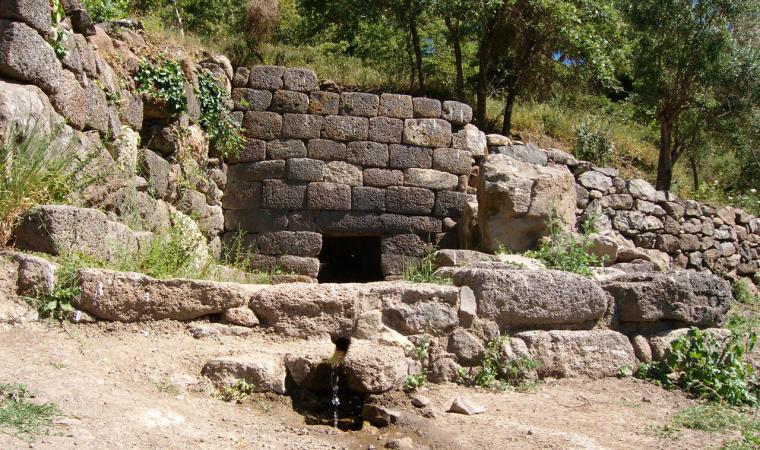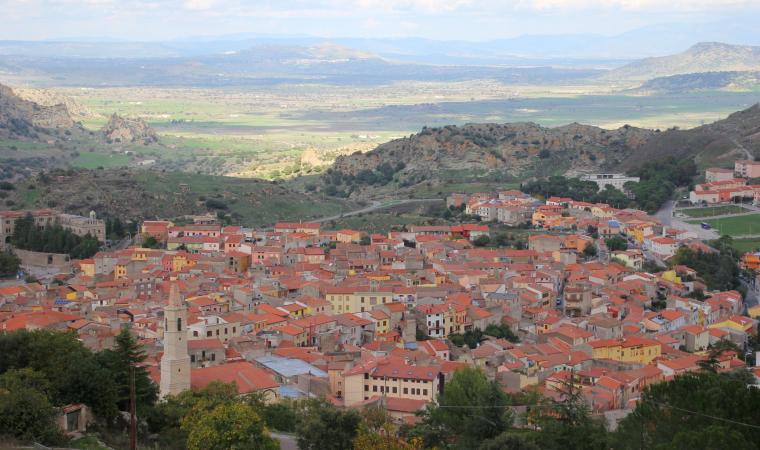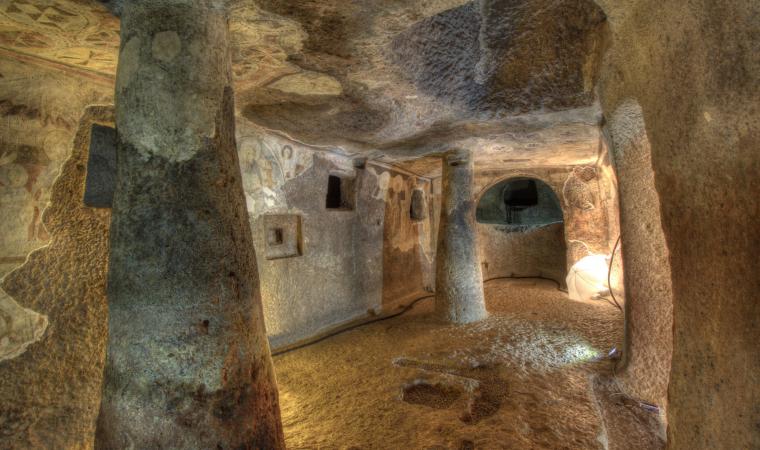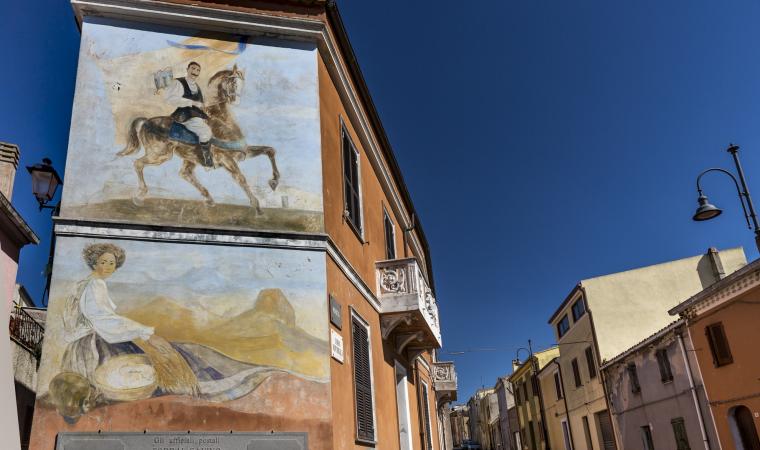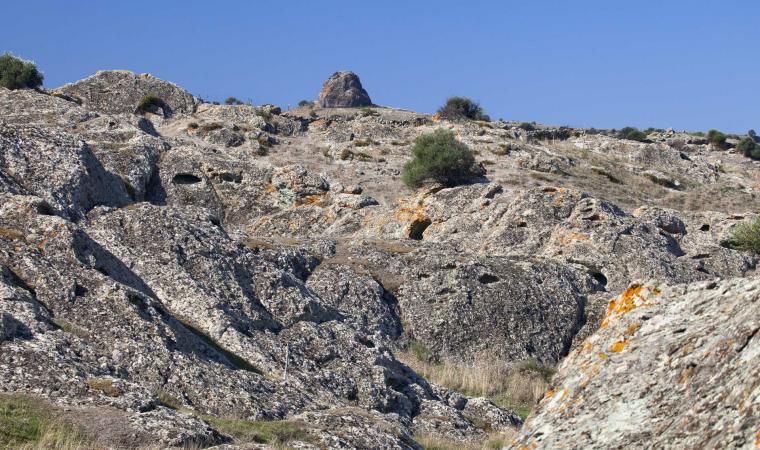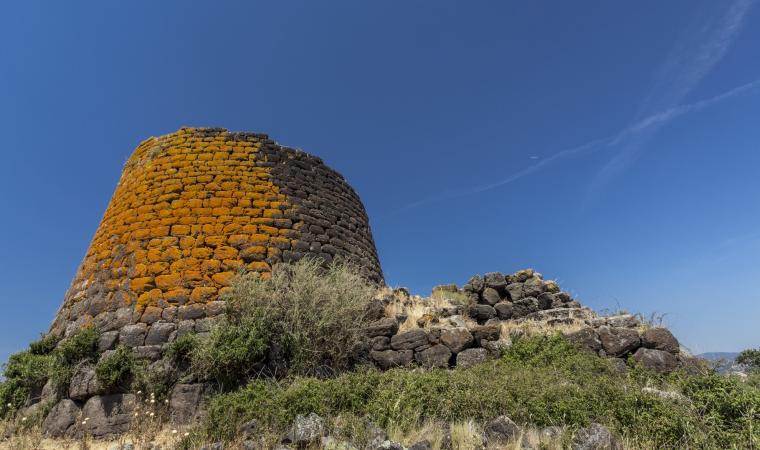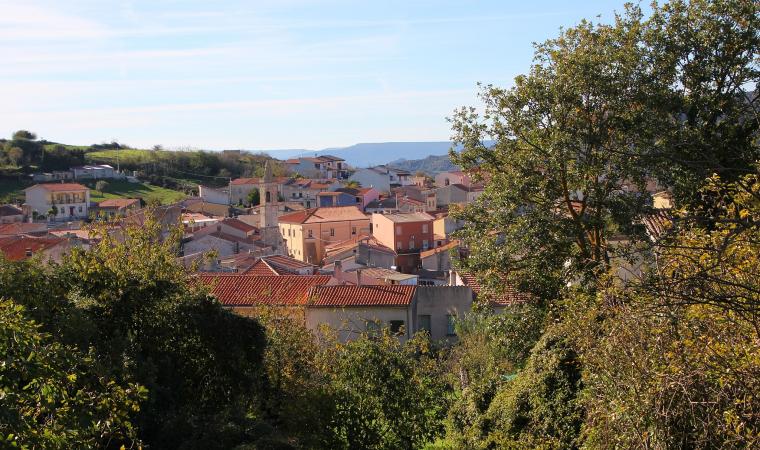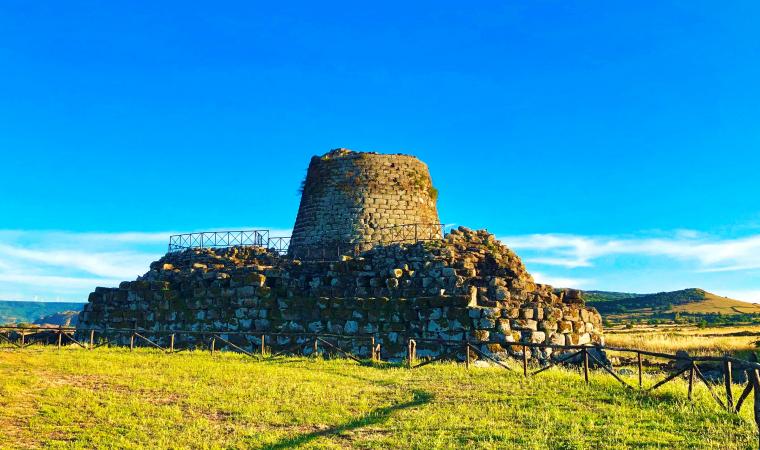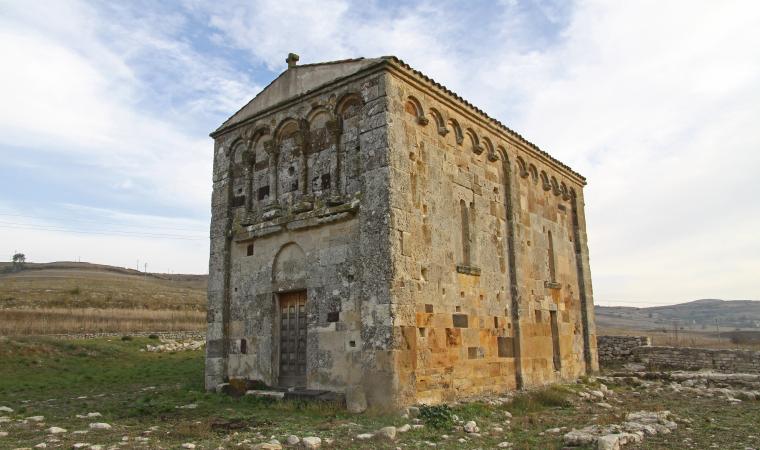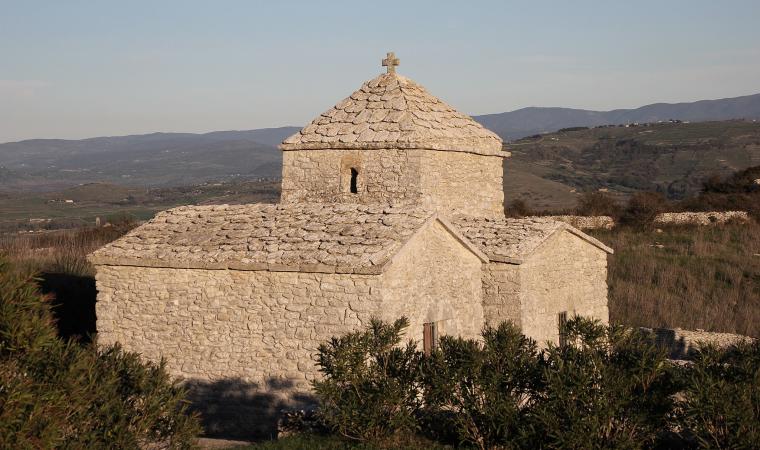It sits isolated on a rocky outcrop of the Meilogu, overlooking the Santa Lucia plains, six kilometres from Bonorva, now populated only by the legends that have made it famous. Rebeccu is a medieval village with a prestigious past. Now all but abandoned, it was once the capital of the curatoria of Costavalle in a strategic spot on the border between the judicatures of Arborea and Torres. A few stone houses, some of which have been restored, a little church and a deconsecrated cemetery make it both unsettling and beautiful, especially when you consider the tales told about it. The most famous one is about king Beccu, the town’s feudal lord, and his daughter, Princess Donoria. Accused of being a witch, she was banned from the village as her house burned down. As she was sent off, tied to a mule, she cast the “curse of the thirty houses,” and, in fact, there would never be more than thirty houses in Rebeccu. Another version has the father issue a curse of his own, one that poisoned several of the water sources near town.
During the giudicale era, the town boasted some 400 inhabitants, but in the 15th century, this number began to dwindle. Legend has it that the survivors of the curse founded Bonorva, while others, the more fearless of the residents, tried to rebuild their town, careful not to exceed 30 houses. The story has it, however, that a Catalan brigade that had arrived from Alghero in 1353 killed all the residents and burned the village down for the sole purpose of provoking a reaction from the judicature of Arborea. A few decades later, a peace treaty was signed between Eleonora of Arborea and the King of Aragon in the church at Rebeccu. Another legend also points to the importance of the town in the Middle Ages. It is here, they say, in a castle that no longer exists, that the giudicessa and Brancaleone Doria were wed. Over cobblestone streets lined with small houses you will roam surrounded by total silence, breathing in an atmosphere that is as evocative as it is mysterious. It’s no wonder then that the town has become a backdrop for films and photo shoots, and for decades it even hosted a cinema festival.
Less than a kilometre away you’ll find the Romanesque church of San Lorenzo. It was constructed with ashlars of white limestone and black basalt, gracing it with a characteristic duotone. It has a single nave with apse and a (reconstructed) wooden roof. At the façade’s centre is an architraved portal next to a bell gable. The seal of a certain judge, Barisone II, was found inside it, perhaps once attached to the consecration document of the church, which has been dated to the 12th century. In the area immediately around Rebeccu are treasures from previous millennia, most importantly a sacred spring known as su Lumarzu. The Nuragic monument is well preserved and includes an atrium with seating against the walls, and a small cell made of even blocks of basalt surrounding a pool that is fed by the sacred spring.

